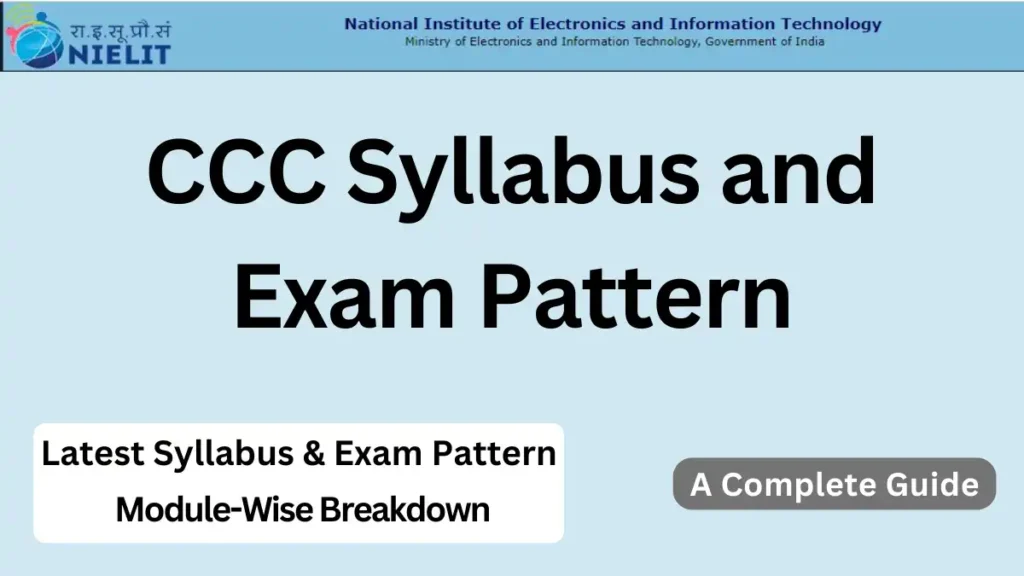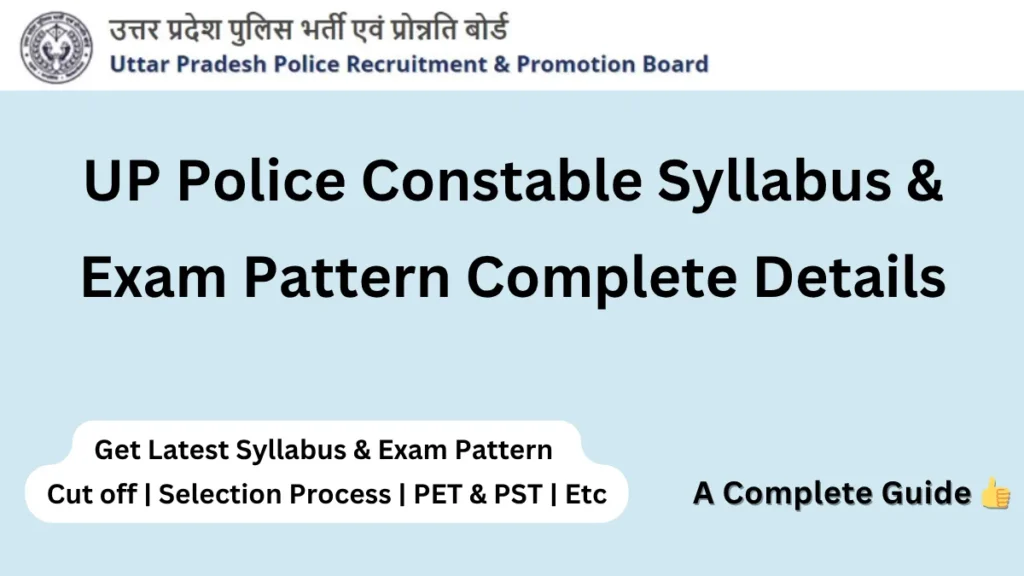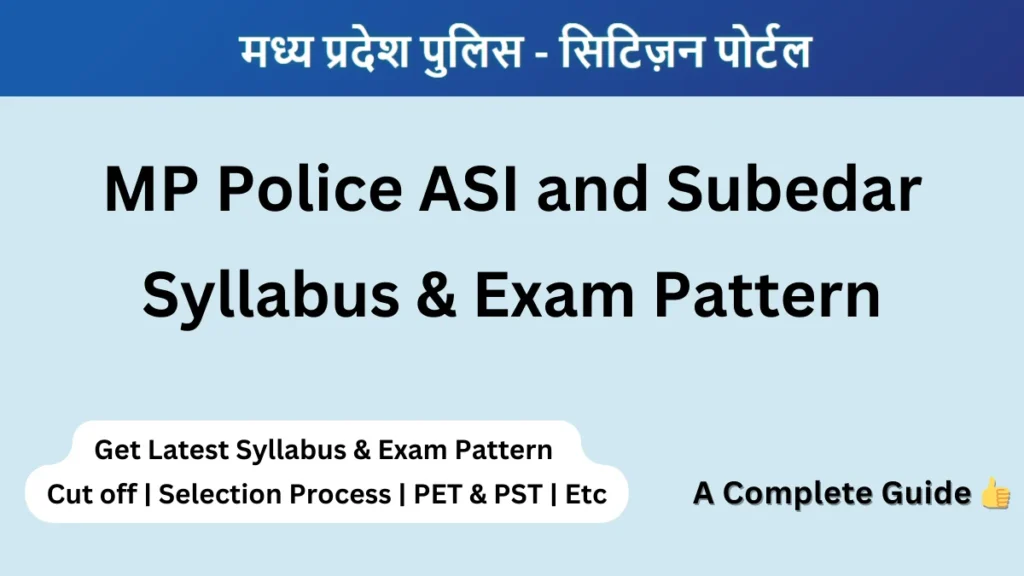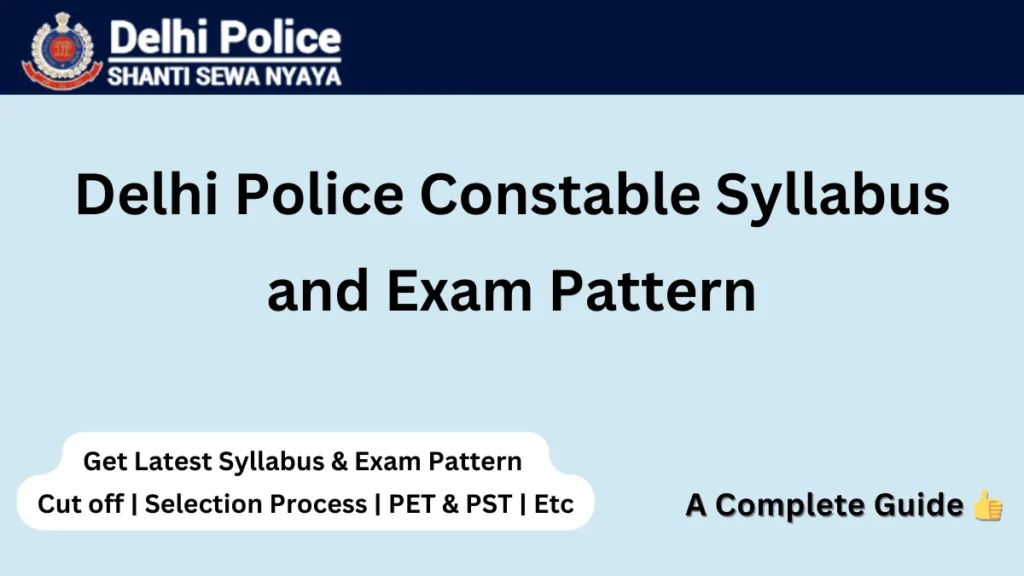Searching for NIELIT CCC Syllabus 2025, CCC exam pattern, or Course on Computer Concepts details? This updated guide gives you all: syllabus modules, exam structure, duration, grading, plus all important modules.
This is a 3-month basic computer course designed to help beginners understand the fundamental concepts of computers. Below, we’ve explained the latest CCC Syllabus and Exam Pattern 2025 in a simple and detailed way.
Table of Contents

CCC Exam Overview
| Particulars | Details |
|---|---|
| Exam Name | Course on Computer Concepts (CCC) |
| Conducting Body | National Institute of Electronics and Information Technology (NIELIT) |
| Level | Basic Computer Course |
| Eligibility | No minimum qualification required |
| Mode of Exam | Online Computer-Based Test (CBT) |
| Exam Duration | 90 Minutes |
| Total Questions | 100 Multiple Choice Questions (MCQs) |
| Passing Marks | 50% (i.e. 50 out of 100) |
| Certification | Digital Certificate issued by NIELIT |
| Exam Frequency | Every month |
| CCC Syllabus PDF | download PDF |
| Official Website | www.nielit.gov.in |
NIELIT CCC Exam Pattern 2025
Exam details updated as of 2025:
- Mode: Online Computer-Based Test (CBT) in Hindi & English
- Total Questions: 100 MCQs (50 objective + 50 true/false)
- Marks: 1 mark per question, no negative marking
- Duration: 90 minutes (1.5 hours), not 3 hours as earlier—check official notice
Exam Pattern Summary Table:
| Section | Questions | Marks |
|---|---|---|
| Objective (MCQs) | 50 | 50 |
| True/False | 50 | 50 |
| Total | 100 | 100 |
CCC Syllabus 2025 – Module-Wise Breakdown
According to the latest syllabus from NIELIT and recent updates, the CCC course now has 10 modules with theory + practical and tutorial hours.
Module 1 – Introduction to Computers
- History, evolution, characteristics and everyday applications.
- Core components: CPU, keyboard, mouse, VDU, input/output devices.
- Hardware vs software, programming languages.
- Data representation & processing, and use in e‑governance and multimedia.
Module 2 – GUI-Based Operating System
- Learning GUI basics: Windows/Linux.
- Interface elements: Taskbar, icons, and start menu to launch applications.
- Customising system settings: date, time, display, printers.
- File/folder creation, deletion, types, and naming conventions.
Module 3 – Word Processing
- Word processor navigation: title bar, menus, toolbars.
- Creating, saving, opening, and printing documents.
- Editing text, formatting, bullets, alignment, headers/footers.
- Tables, inserting images, mail merge and keyboard shortcuts.
Module 4 – Spreadsheets
- Introduction to workbook, cells, and data entry.
- Formatting cells, inserting/deleting rows/columns.
- Using formulas and functions like SUM, COUNT.
- Chart creation (bar, pie, line), filtering, and sorting data.
Module 5 – Presentations
- Creating slides: templates or blank.
- Inserting multimedia, tables, and adjusting slide aesthetics.
- Master slide, transitions, timings, and automating slide shows.
- Printing slides & handouts with annotations.
Module 6 – Internet & WWW
- Basics of LAN/WAN, network topologies, IP/MAC addresses.
- Internet services, website structure, URL, and ISP roles.
- Connecting through broadband/Wi-Fi/hotspot.
- Using browsers, search engines, downloading and printing web pages.
Module 7 – Communication & Collaboration
- Email setup, composing, replying, forwarding, and addressing.
- Attachment handling, signatures, and spam management.
- Social media platforms, instant messaging etiquette.
- Accessing e‑governance services (UMANG) using a digital locker.
Module 8 – Digital Financial Tools
- UPI, QR codes, AEPS, USSD codes.
- E-wallet usage, card transactions, and POS systems.
- Internet banking methods (NEFT, RTGS, IMPS).
- Paying bills online, digital financial literacy.
Module 9 – Cyber Security
- Concepts of security: why it matters.
- Protecting devices: PC, smartphone.
- Securing browser, email, and social media accounts from threats.
Module 10 – Future Skills & AI
- Overview of IoT, Big Data Analytics, Cloud Computing, and VR.
- AI basics: history, types, ethics, real-world applications.
- New technologies: RPA, blockchain, 3D printing, and their future impact.
CCC Exam Preparation Tips
- Understand the exam pattern (100 MCQs, no negative marking)
- Cover the full syllabus as per NIELIT
- Focus on important topics like MS Word, Excel, PowerPoint, Internet, and Email
- Make short notes for quick revision
- Practice mock tests and previous year papers
- Watch video tutorials on YouTube for practical learning
- Study regularly, at least 1-2 hours daily
- Revise all modules before the exam
- Use CCC practice apps or websites for extra practice
- Stay confident and keep your basics strong
FAQs: CCC Syllabus and Exam Pattern 2025
How many passing marks in CCC?
To pass the CCC exam, you need at least 50% correct answers. However, CCC follows a grading system, not direct marks.
What is the CCC age limit?
There is no age limit for applying for the CCC course.
What is the full form of CCC?
CCC stands for Course on Computer Concepts.
Does CCC have negative marking?
No, there is no negative marking in the CCC exam.
What is NIELIT CCC?
The Course on Computer Concepts (CCC) is a basic computer literacy programme designed to help common users learn essential skills like Microsoft Office, Internet usage, email, and e-governance tools.
Do I need any documents during the application?
No, usually you don’t need to submit any physical documents during the application; it’s fully online.
How often is the CCC exam conducted?
NIELIT conducts the CCC exam multiple times a year, often monthly, so candidates have flexibility in choosing a convenient exam cycle.
How many modules or topics are covered in the syllabus?
The CCC syllabus covers around 10 modules, including computer basics, operating systems, word processing, spreadsheets, presentations, internet, email & e-governance, digital financial tools, cybersecurity, and future skills like AI and IoT.
What is the duration of the CCC course?
The course typically spans 80 hours, including theory, practical, and tutorials. You’ll hear figures like 90 hours of practical classes, updates keep changing, but it’s usually around 80–90 hours.
What does the CCC exam pattern look like?
Total 100 marks, broken into two sections of 50 questions each (1 mark each). and the Duration is 90 minutes.
Questions are objective-type: multiple-choice and true/false. and no negative marking.
Is there a minimum qualifying mark?
Yes, 50% marks are required to pass.
Conclusion
So, that was all about the NIELIT CCC Syllabus and Exam Pattern 2025. This course is ideal for anyone who wants to build basic computer knowledge. We hope this guide helped you understand the topics clearly.
If you have any doubts or suggestions about the CCC syllabus 2025, feel free to comment below. We also recommend going through our article on the NIELIT O Level Course if you wish to continue with higher-level computer certifications.





Thank you for providing such a detailed overview of the NIELIT CCC syllabus for 2025! The updated exam pattern and preparation tips are incredibly helpful. I’m particularly interested in the emphasis on practical applications in the topics. It’s great to see resources like this that clarify the path for those of us getting ready for the exam. Can’t wait to dive into the preparation guide!
Thank you so much for your lovely words! 😊